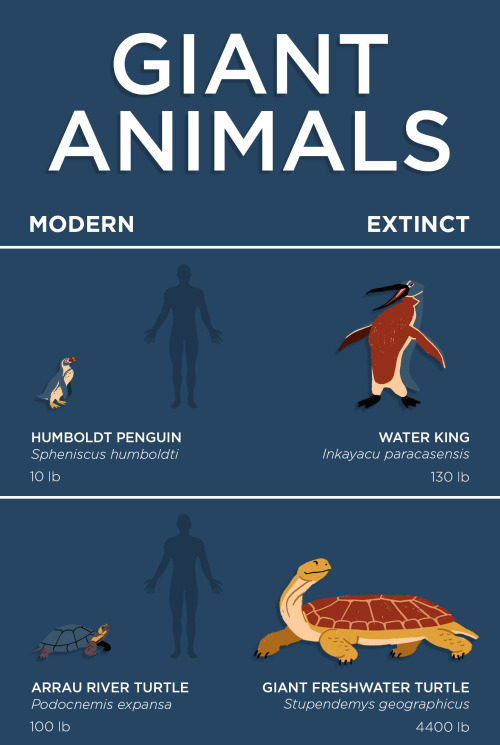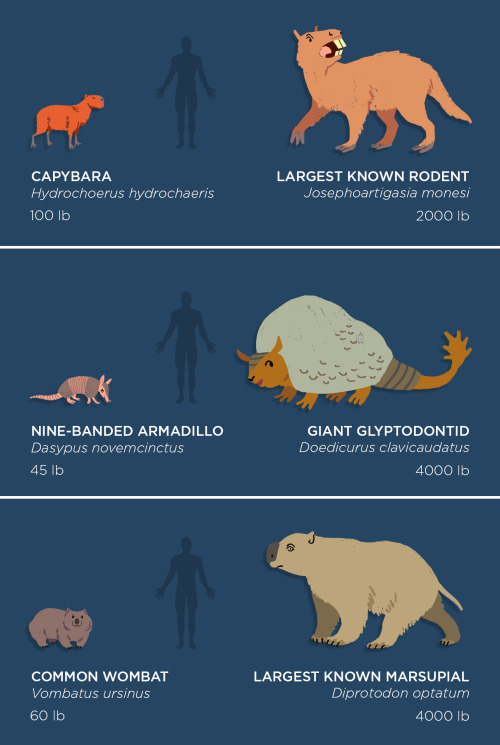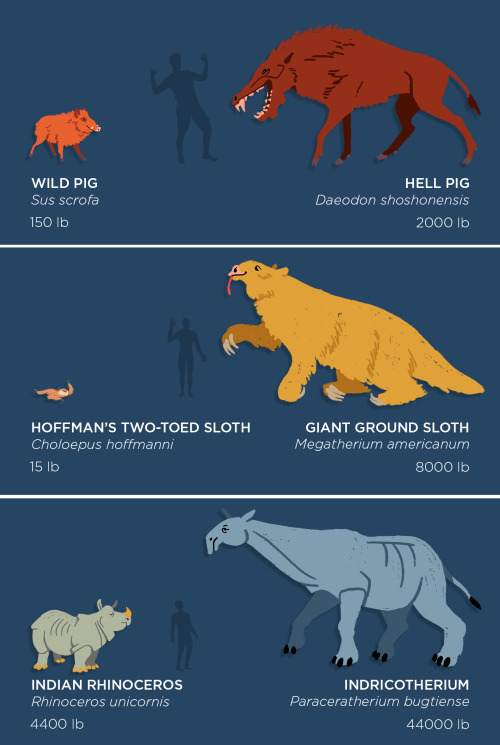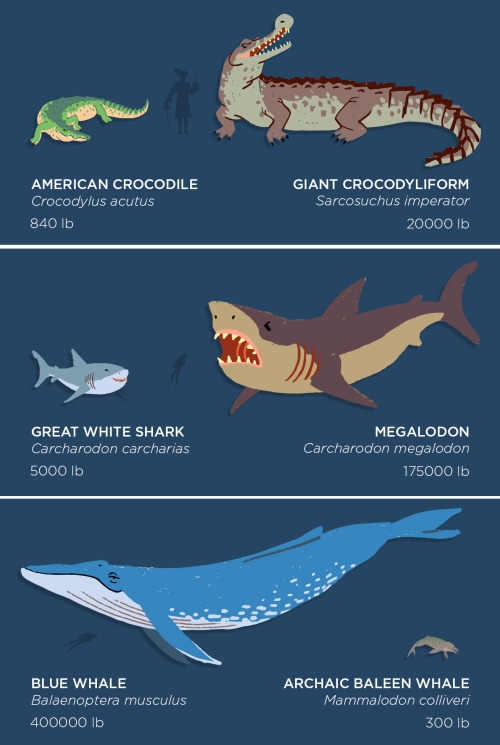Cristobalite, Hematite

Cristobalite, Hematite
SiO2, Fe2O3
Locality:
Caspar quarry, Bellerberg volcano, Ettringen, Mayen, Eifel, Rhineland-Palatinate, Germany
An interesting homoepitactic intergrowth from brown and black hematite
Photo: Michael Förch
Cristobalite is a silica polymorph that is thermodynamically stable only at temperatures above 1470°C, up to the melting point at 1705°C, at atmospheric pressures. It commonly metastably persists or even forms at much lower temperatures in silica-rich volcanic and sedimentary environments. It can form crystals in cavities, probably vapour-deposited, or spherulites in obsidian or other silicic volcanics.
Hematite is rather variable in its appearance - it can be in reddish brown, ocherous masses, dark silvery-grey scaled masses, silvery-grey to black crystals, and dark-grey masses, to name a few. What they all have in common is a rust-red streak.
More Posts from Saients and Others
23 science facts we didn't know at the start of 2016
1. Gravitational waves are real. More than 100 years after Einstein first predicted them, researchers finally detected the elusive ripples in space time this year. We’ve now seen three gravitational wave events in total.
2. Sloths almost die every time they poop, and it looks agonising.
3. It’s possible to live for more than a year without a heart in your body.
4. It’s also possible to live a normal life without 90 percent of your brain.
5. There are strange, metallic sounds coming from the Mariana trench, the deepest point on Earth’s surface. Scientists currently think the noise is a new kind of baleen whale call.
6. A revolutionary new type of nuclear fusion machine being trialled in Germany really works, and could be the key to clean, unlimited energy.
7. There’s an Earth-like planet just 4.2 light-years away in the Alpha Centauri star system - and scientists are already planning a mission to visit it.
8. Earth has a second mini-moon orbiting it, known as a ‘quasi-satellite’. It’s called 2016 HO3.
9. There might be a ninth planet in our Solar System (no, Pluto doesn’t count).
10. The first written record demonstrating the laws of friction has been hiding inside Leonardo da Vinci’s “irrelevant scribbles” for the past 500 years.
11. Zika virus can be spread sexually, and it really does cause microcephaly in babies.
12. Crows have big ears, and they’re kinda terrifying.
13. The largest known prime number is 274,207,281– 1, which is a ridiculous 22 million digits in length. It’s 5 million digits longer than the second largest prime.
14. The North Pole is slowly moving towards London, due to the planet’s shifting water content.
15. Earth lost enough sea ice this year to cover the entire land mass of India.
16. Artificial intelligence can beat humans at Go.
17. Tardigrades are so indestructible because they have an in-built toolkit to protect their DNA from damage. These tiny creatures can survive being frozen for decades, can bounce back from total desiccation, and can even handle the harsh radiation of space.
18. There are two liquid states of water.
19. Pear-shaped atomic nuclei exist, and they make time travel seem pretty damn impossible.
20. Dinosaurs had glorious tail feathers, and they were floppy.
21. One third of the planet can no longer see the Milky Way from where they live.
22. There’s a giant, 1.5-billion-cubic-metre (54-billion-cubic-foot) field of precious helium gas in Tanzania.
23. The ‘impossible’ EM Drive is the propulsion system that just won’t quit. NASA says it really does seem to produce thrust - but they still have no idea how. We’ll save that mystery for 2017.


The Drake Equation
In 1961, following an early SETI experiment using radio telescopes called Project Ozma, astronomer Frank Drake arranged a historic meeting at the National Radio Astronomy Observatory in Green Bank, West Virginia. The ten attendees - among them a young Carl Sagan - discussed the feasibility and methodology of detecting extraterrestrial civilizations using radio astronomy. They formulated the Drake Equation - a rough, speculative means of estimating the possible number of current technologically-advanced civilizations in the galaxy.
N = the number of advanced extraterrestrial civilizations potentially detectable by radio signals in the Milky Way Galaxy.
Depending on the values used for each variable, N can work out to be hundreds of thousands or more, or very few.
R* = Rate of new star formation.
One estimate is 7 stars per year.
Fp = Percentage of stars with planetary systems around them.
New solar systems are being discovered every year.
Ne = Number of planets per star system capable of sustaining life.
Depending upon the temperature, type, and size of the star, the habitable zone of a planet for Earth-like life may be nearer or further from its star. Based on our own solar system, we might guess 1 or 2.
Fl = Fraction of those planets upon which life appears.
How many of those habitable planets upon which life has developed is difficult to estimate. In our own solar system, it’s at least 1 - there is a good chance that at one point, life developed on Mars, though traces of it have yet to be found.
Fi = Fraction of those planets where intelligent life appears.
Estimates vary wildly. We know it’s happened at least once here on Earth. As ‘intelligence’ is subjective, it may be that it has developed in other non-human, communicating species, like whales.
Fc = Fraction of those societies that develop advanced communication technology and send signals into space.
Intentional or unintentional, other civilizations might transmit identifiable signals into outer space that modern Earth technology could pick up.
L = Lifetime of communicative civilizations.
Do technologically-capable civilizations inevitably self-destruct, or can they last forever? This is an immensely uncertain question. We’ve been communicating with radio waves for fewer than 100 years, with the long-term survival of our species and our status as ‘technological’ uncertain.














Newest LIGO Signal Raises A Huge Question: Do Merging Black Holes Emit Light?
“The second merger held no such hints of electromagnetic signals, but that was less surprising: the black holes were of significantly lower mass, so any signal arising from them would be expected to be correspondingly lower in magnitude. But the third merger was large in mass again, more comparable to the first than the second. While Fermi has made no announcement, and Integral again reports a non-detection, there are two pieces of evidence that suggest there may have been an electromagnetic counterpart after all. The AGILE satellite from the Italian Space Agency detected a weak, short-lived event that occurred just half a second before the LIGO merger, while X-ray, radio and optical observations combined to identify a strange afterglow less than 24 hours after the merger.”
Whenever there’s a catastrophic, cataclysmic event in space, there’s almost always a tremendous release of energy that accompanies it. A supernova emits light; a neutron star merger emits gamma rays; a quasar emits radio waves; merging black holes emit gravitational waves. But if there’s any sort of matter present outside the event horizons of these black holes, they have the potential to emit electromagnetic radiation, or light signals, too. Our best models and simulations don’t predict much, but sometimes the Universe surprises us! With the third LIGO merger, there were two independent teams that claimed an electromagnetic counterpart within 24 hours of the gravitational wave signal. One was an afterglow in gamma rays and the optical, occurring about 19 hours after-the-fact, while the other was an X-ray burst occurring just half a second before the merger.
Could either of these be connected to these merging black holes? Or are we just grasping at straws here? We need more, better data to know for sure, but here’s what we’ve got so far!

Photographer Endangers His Life To Capture Lava, Meteor, Milky Way And Moon In One Shot
culturenlifestyle:

American adventure photographer Mike Mezeul II has captured what is arguably one of the most stunning images of Mother Nature at work.
Keep reading
The Shepard-Risset Glissando
A Shepard tone, named after Roger Shepard, is a sound consisting of a superposition of sine waves separated by octaves. When played with the base pitch of the tone moving upward or downward, it is referred to as the Shepard scale. This creates the auditory illusion of a tone that continually ascends or descends in pitch, yet which ultimately seems to get no higher or lower. It has been described as a “sonic barber’s pole”.
Jean-Claude Risset subsequently created a version of the scale where the tones glide continuously, and it is appropriately called the continuous Risset scale or Shepard–Risset glissando. When done correctly, the tone appears to rise (or descend) continuously in pitch, yet return to its starting note. Basically, it’s a continuously descending tone that never gets any lower. It’s the acoustical version of M.C. Escher’s Penrose Stairs optical illusion. Source.
Doesn’t it sound a little bit creepy?


Fish on Wheels





Vera Rubin, the woman who discovered the first evidence of dark matter, has died at 88
Vera Rubin, the astrophysicist responsible for confirming the first existence of dark matter, died on Sunday night at the age of 88.
Carnegie Institution president Matthew Scott called Rubin “a national treasure as an accomplished astronomer and a wonderful role model for young scientist.”
Rubin and her colleagues observed galaxies in the 1970s, they learned the motion of stars is a result of a “material that does not emit light and extends beyond the optical galaxy” — also known as dark matter.
Swiss astrophysicist Fritz Zwicky proposed the idea of dark matter in 1933, but Rubin’s groundbreaking work subsequently led to the confirmation of the material.
This finding is what led to the discovery that 90% of the universe is made up of dark matter, a finding some colleagues felt was overlooked and deserving of a Nobel Prize. Read more
follow @the-future-now
-
 sonofapunk liked this · 1 year ago
sonofapunk liked this · 1 year ago -
 yohaogie-yufobhie reblogged this · 2 years ago
yohaogie-yufobhie reblogged this · 2 years ago -
 shut-inyouth liked this · 2 years ago
shut-inyouth liked this · 2 years ago -
 aaronkirk1-2 reblogged this · 4 years ago
aaronkirk1-2 reblogged this · 4 years ago -
 aaronkirk1-2 liked this · 4 years ago
aaronkirk1-2 liked this · 4 years ago -
 nukn liked this · 5 years ago
nukn liked this · 5 years ago -
 192929020202020 reblogged this · 5 years ago
192929020202020 reblogged this · 5 years ago -
 192929020202020 liked this · 5 years ago
192929020202020 liked this · 5 years ago -
 tutuclearwater reblogged this · 5 years ago
tutuclearwater reblogged this · 5 years ago -
 ninarosehotchkiss liked this · 5 years ago
ninarosehotchkiss liked this · 5 years ago -
 emilyelizabethfowl liked this · 6 years ago
emilyelizabethfowl liked this · 6 years ago -
 jonpontiac liked this · 6 years ago
jonpontiac liked this · 6 years ago -
 dearkurisu liked this · 6 years ago
dearkurisu liked this · 6 years ago -
 loudandtired liked this · 6 years ago
loudandtired liked this · 6 years ago -
 dragonkinglover liked this · 6 years ago
dragonkinglover liked this · 6 years ago -
 zajega liked this · 6 years ago
zajega liked this · 6 years ago -
 yraal liked this · 6 years ago
yraal liked this · 6 years ago -
 failure-failure-failure-failure liked this · 6 years ago
failure-failure-failure-failure liked this · 6 years ago -
 sapphosuperhero liked this · 6 years ago
sapphosuperhero liked this · 6 years ago -
 arkasending-blog liked this · 7 years ago
arkasending-blog liked this · 7 years ago -
 xg18 liked this · 7 years ago
xg18 liked this · 7 years ago -
 anna-ricci liked this · 7 years ago
anna-ricci liked this · 7 years ago -
 chibi-lioness liked this · 7 years ago
chibi-lioness liked this · 7 years ago -
 foulcyclecrown liked this · 7 years ago
foulcyclecrown liked this · 7 years ago -
 childrenofthestone reblogged this · 7 years ago
childrenofthestone reblogged this · 7 years ago -
 tumultuous-titties reblogged this · 7 years ago
tumultuous-titties reblogged this · 7 years ago -
 pucharo liked this · 7 years ago
pucharo liked this · 7 years ago -
 monist reblogged this · 7 years ago
monist reblogged this · 7 years ago -
 torold-blog liked this · 7 years ago
torold-blog liked this · 7 years ago -
 mileysyrups liked this · 7 years ago
mileysyrups liked this · 7 years ago -
 nulloperat0r reblogged this · 7 years ago
nulloperat0r reblogged this · 7 years ago -
 daga-misericordia liked this · 7 years ago
daga-misericordia liked this · 7 years ago -
 daga-misericordia reblogged this · 7 years ago
daga-misericordia reblogged this · 7 years ago -
 saients reblogged this · 7 years ago
saients reblogged this · 7 years ago -
 jojo-nijole reblogged this · 7 years ago
jojo-nijole reblogged this · 7 years ago -
 yvrm liked this · 7 years ago
yvrm liked this · 7 years ago -
 sarkaz-expletive reblogged this · 7 years ago
sarkaz-expletive reblogged this · 7 years ago -
 sarkaz-expletive liked this · 7 years ago
sarkaz-expletive liked this · 7 years ago
Stardate: 2258.42...or, uh, 4... Whatever. Life is weird, at least we've got science.
75 posts
